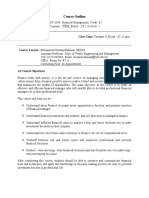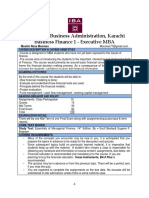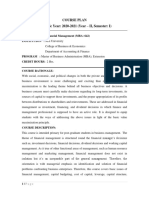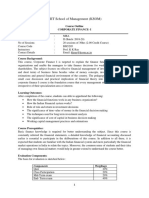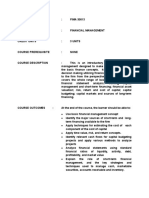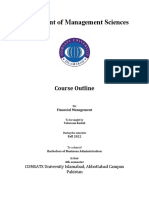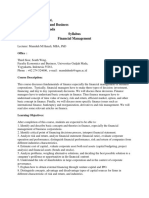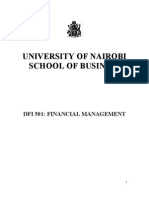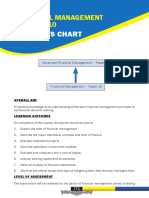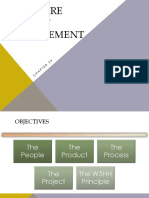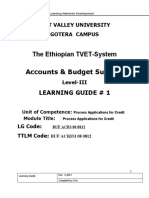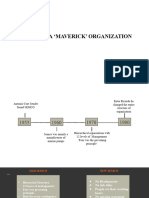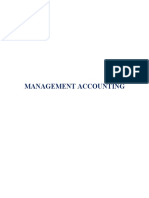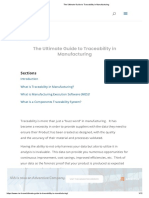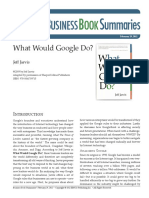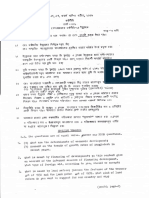0% found this document useful (0 votes)
18 views3 pagesCourse Handbook
The Financial Management course (BUS 510) at Jahangirnagar University, instructed by S.M.A. Moudud Ahmed, aims to enhance participants' decision-making capabilities regarding financial issues through theoretical and practical knowledge. Key learning outcomes include understanding shareholder wealth maximization, financial statement analysis, capital budgeting techniques, and the cost of capital. Evaluation consists of class tests, attendance, participation, individual assignments, and a final examination, with strict policies on late submissions and academic honesty.
Uploaded by
Jewel AriyanCopyright
© © All Rights Reserved
We take content rights seriously. If you suspect this is your content, claim it here.
Available Formats
Download as PDF, TXT or read online on Scribd
0% found this document useful (0 votes)
18 views3 pagesCourse Handbook
The Financial Management course (BUS 510) at Jahangirnagar University, instructed by S.M.A. Moudud Ahmed, aims to enhance participants' decision-making capabilities regarding financial issues through theoretical and practical knowledge. Key learning outcomes include understanding shareholder wealth maximization, financial statement analysis, capital budgeting techniques, and the cost of capital. Evaluation consists of class tests, attendance, participation, individual assignments, and a final examination, with strict policies on late submissions and academic honesty.
Uploaded by
Jewel AriyanCopyright
© © All Rights Reserved
We take content rights seriously. If you suspect this is your content, claim it here.
Available Formats
Download as PDF, TXT or read online on Scribd
/ 3

